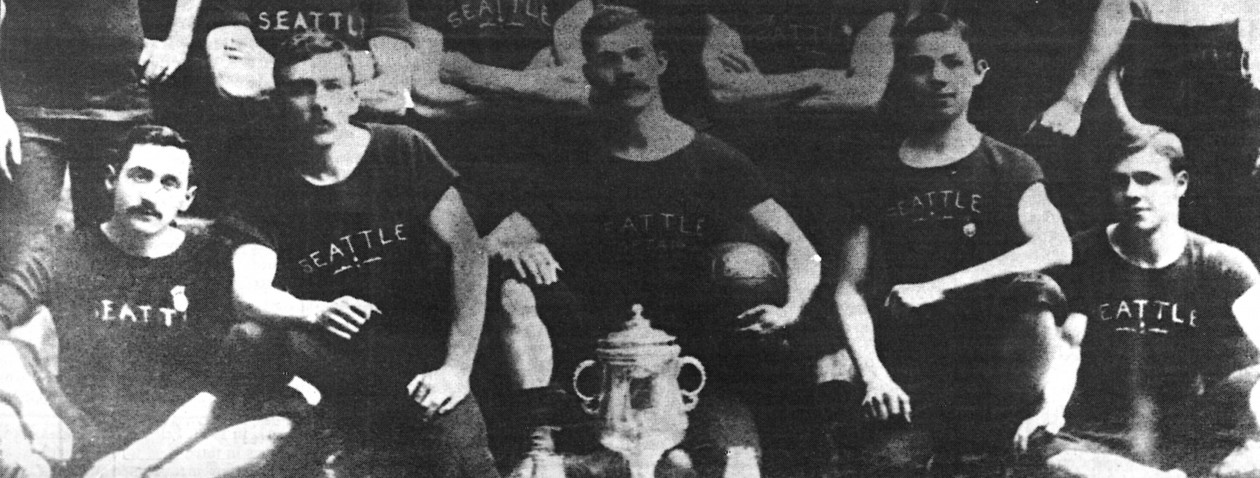What if Seattle’s initial MLS bid had been successful in securing a charter team? And how would that bizarro world script play out?
First the Bad News
Alan Rothenberg no doubt had a lot on his mind. There were fewer than 48 hours between this press conference and the World Cup’s opening match at Chicago’s Soldier Field. As president of U.S. Soccer and Chairman/CEO of World Cup USA, Rothenberg had a lot of balls in the air on June 15, 1994, and here he was, before the almighty FIFA brass and a hoard of international media, announcing the first wave of charter cities for Major League Soccer.
Following a slew of salutations and greetings, Rothenberg got down to the business at hand, naming names as the rebirth of top-tier American professional soccer took a giant step toward reality. He said these would be the first seven, with another three cities to be determined later, with the MLS launch two years away, instead of 1995, as first proposed.

Boston, Columbus, Los Angeles, New Jersey, New York, San Jose and Washington, D.C. Back in Seattle, a roomful of soccer and sports community leaders listened in, hoping for some kind of miracle.
Five months before, there had been no Seattle bid committee. The lack of a suitable stadium nor a local investor/owner made the effort a non-starter. However, as so often has happened since the mid-Seventies, the Puget Sound fans spoke volumes. Over 43,000 came to the Kingdome to see a friendly between the World Cup-bound national teams of the United States and Russia.
Continue reading Timing Is Everything










